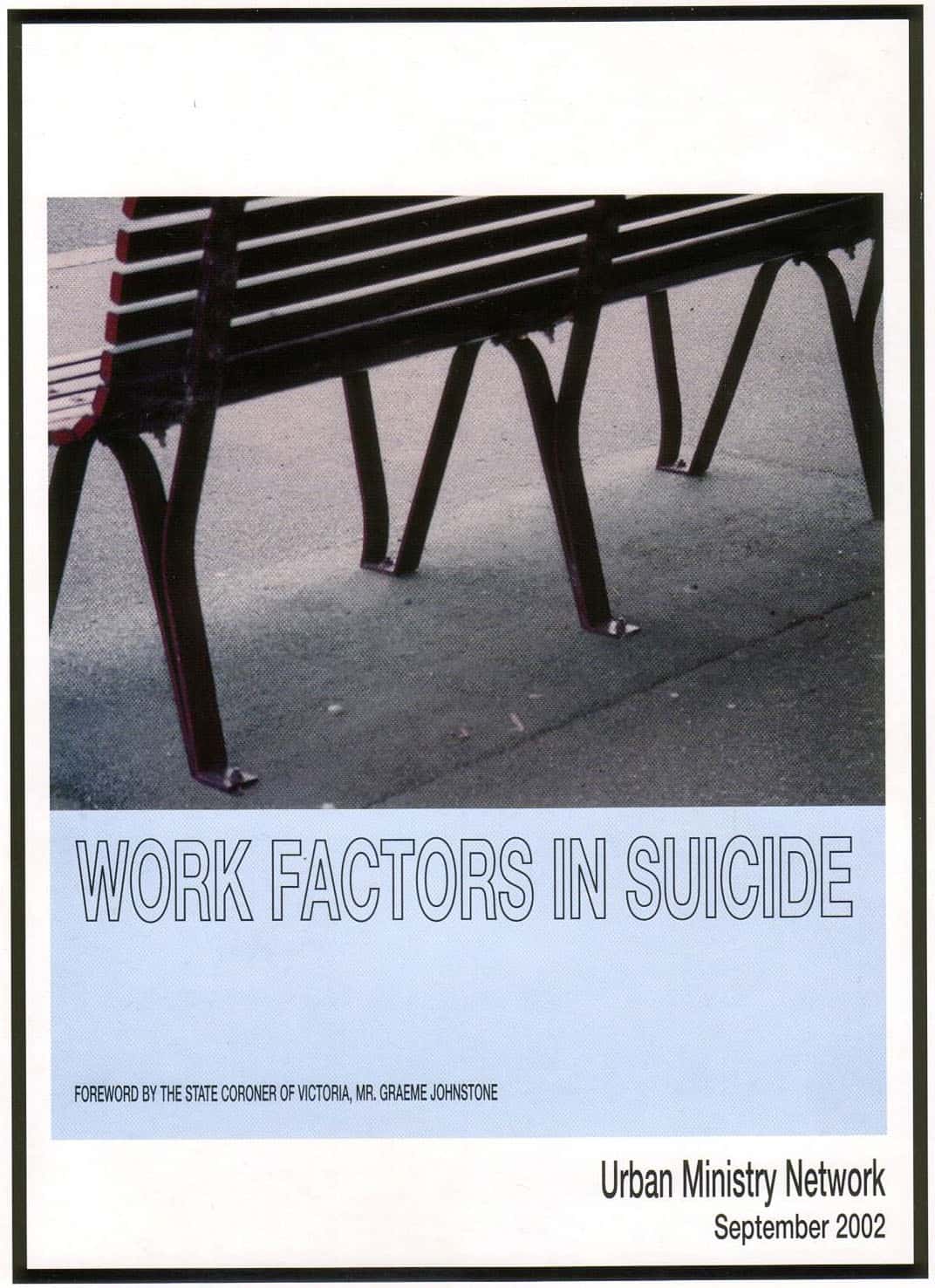In early August 2008, Paula Wriedt, Tasmanian MP, tried to commit suicide. Six weeks later the Tasmanian Premier has sacked her from Cabinet, according to an ABC report.
Premier David Bartlett denies this is a sacking, more a “withdrawal of commission”. He says it is for the good of the government and for the good of Ms Wriedt.
Ms Wriedt was asked to resign her Cabinet position but the Premier says she was “not in a position to make such a decision”.
An audio interview with the Premier put to him that his decision was “despicable” and “reflects the way the state deals with people with mental health problems”.
Ms Wriedt’s suicide attempt had already raised discussion on the workplace issues of stress, compensation, workloads and mental health. The listener’s question in the audio interview will reflect the majority of the community’s response to the Premier’s decision and Premier Bartlett will have a difficult time explaining how his decision was for Ms Wriedt’s benefit.
Ms Wriedt’s current situation and future career decisions will provide an interesting illustration on how the public service and Tasmanian politics manages an employee with mental health issues, particularly when, on OHS matters, the public service should be exemplars.

